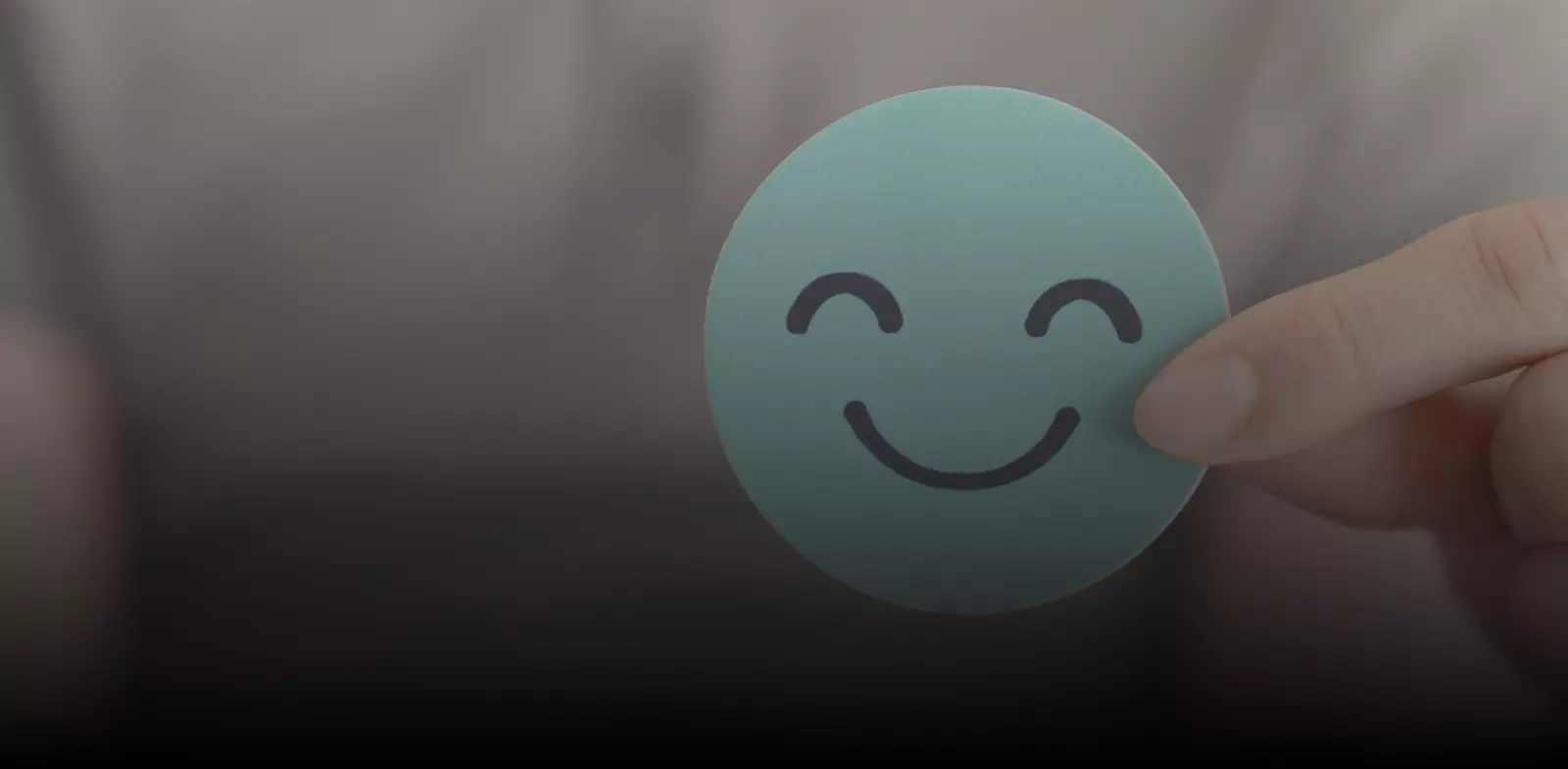
First Published: 12 May, 2022
To keep up with the evolving consumer, marketers need to equip themselves with skills and tools that help nurture long, profitable relationships. So shut the door on your commitment phobia and let's delve into going the distance with your customers with Engaging Partners, focusing on automation strategies for long term growth and retention.
Marketing, in all its varieties and adaptations, has one true purpose: attracting customers. Without someone giving you a chance, investing in what you have to offer, and seeing enough merit to make a repeat purchase, there is no purpose for the work you do on a daily basis.
However, some companies aren't sure where to start, who to target, or how to manage existing customers, letting good opportunities go to waste.
By examining, evaluating and nurturing customers appropriately at different stages of their lifecycle with your business, you can improve marketing efforts, gain insights into your business and implement growth strategies that work.
Understanding the right techniques to nurture customers through their lifecycle is vital.
Customer lifecycles are like friendships - there needs to be a constant exchange of ‘give and take’ and a deepening understanding of needs, challenges and pain points over time.
Made up of five categories, the customer lifecycle can be the difference between understanding your audience and allowing valuable lessons to go to waste.
The ‘unaware’
These customers are the ones who don't yet know they could be your customers. They haven't experienced your company, haven't had a need for your products, or maybe they have ‘blindly’ been working with your competitors. By developing personas and exploring their buyer journeys, you will be able to identify unaware consumers and transition them into aware ones. By focusing on key elements like demographics, behaviour patterns, and motivations, you can work out how and where to find unaware customers, then create the right content to turn them into interested website visitors.
The ‘interested’
Interested individuals already know about your company and what you have to offer, but have not yet made a decision to work with you. At this stage, many companies start to put on the pressure, urging those with interest to commit to a sale. This tactic can drive sales but unfortunately is more likely to drive interested consumers away. This stage is better used to provide useful information, giving potential customers a peek into what you have in store, and letting them see what sets you apart from your competitors and what drives your company culture.
First-time customers
Your first-time customers are among your most important. These individuals have made the transition from unaware to interested and found your marketing material intriguing enough to warrant a sale. In the eyes of many companies, the war is won once the first sale takes place and all attention can go back into focusing on the first two stages in the customer lifecycle. In reality, the relationship with first-time customers is still fresh and fragile; without the same level of nurturing care provided when trying to win the sale, these first-timers are much more likely to sink into oblivion, plunging past the blissful period of unawareness and into the depths of disinterest and disillusionment.
Regular customers
Your regular customers are, in essence, your bread and butter. By understanding what drives your customers to return to you over and over, you can fine-tune your marketing materials and tap into what your customers truly want, giving you a clearer vision of what works, what doesn't, and what could use some tweaking. Continuing to provide attention to these individuals is important, however; without strong customer service and commitment from you, regular customers may see merit in taking their business elsewhere in exchange for their loyalty.
Passionate customers
The pinnacle of the customer lifecycle is a passionate customer. These individuals stand behind you in everything you do and believe in your mission and your message. As well as being a stable source of revenue, these consumers are also incredibly valuable in spreading your message to unaware individuals while simultaneously building your organisation's credibility and reach. They are willing to tell their friends, family, and acquaintances about you, helping you reach new markets and building towards even more passionate customers.
How to kick start your nurture programme
Understanding the stages of the customer lifecycle and what they can teach you is a critical part of driving sales. By tapping into the potential in each step, you can evaluate the desirability of your products, the effectiveness of your marketing, and what it takes to keep customers coming back.
To kick start your strategy, develop Buyer Personas and Buyer Journeys to help you understand your ideal customer and how best to reach them with your content. This will give you the ability to pinpoint which stage your potential leads and existing customers are at in your customer lifecycle.

Contact us if you have any suggestions on resources you would like to see more of, or if you have something you think would benefit our members.
Get in TouchSign up to receive updates on events, training and more from the MA.
